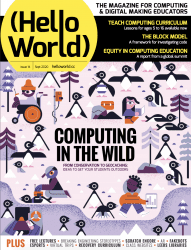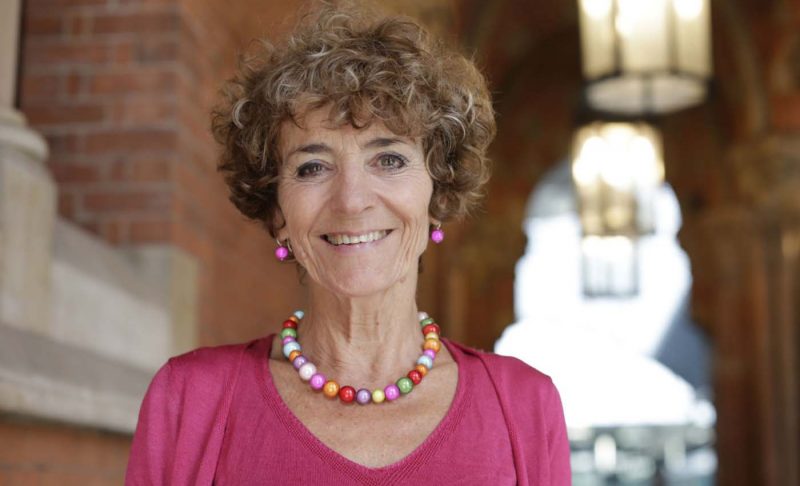Schlagwort: constructionism
-

“Tinkering is an equity issue” | Hello World #14
Reading Time: 8 minutesIn the brand-new issue of Hello World magazine, Shuchi Grover tells us about the limits of constructionism, the value of formative assessment, and why programming can be a source of both joy and angst. How much open-ended exploration should there be in computing lessons? This is a question at the heart of…
-

Mathematics and programming: exploring the links
Reading Time: 6 minutes“In my vision, the child programs the computer and, in doing so, both acquires a sense of mastery over a piece of the most modern and powerful technology and establishes an intimate contact with some of the deepest ideas from science, from mathematics, and from the art of intellectual model building.” –…

